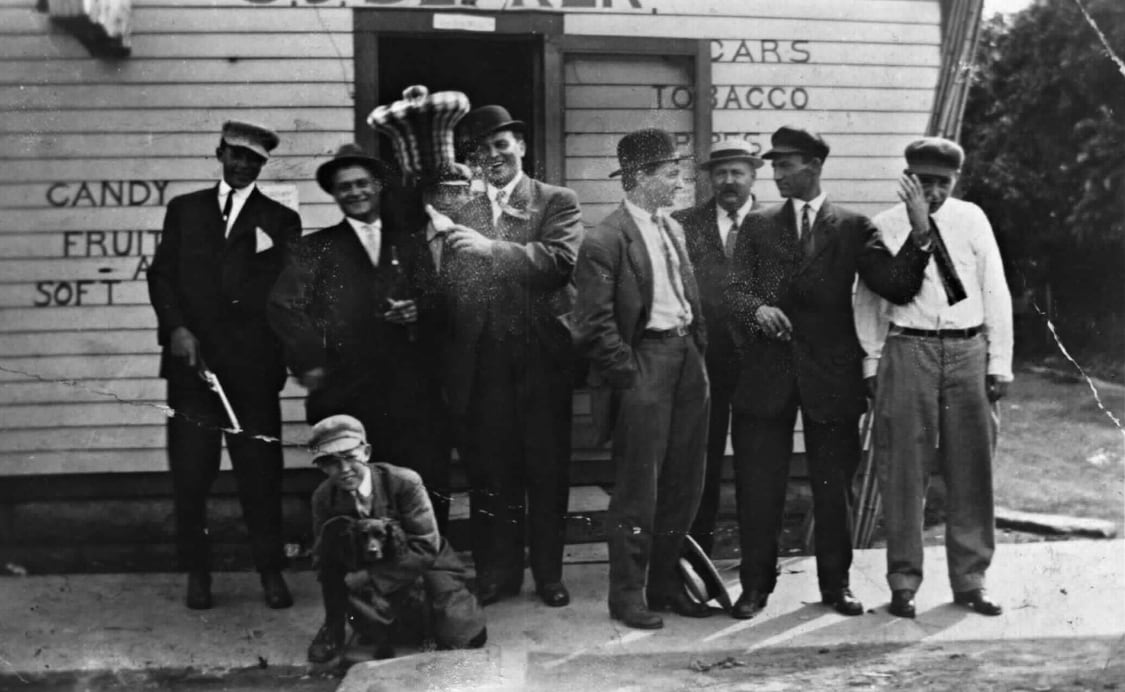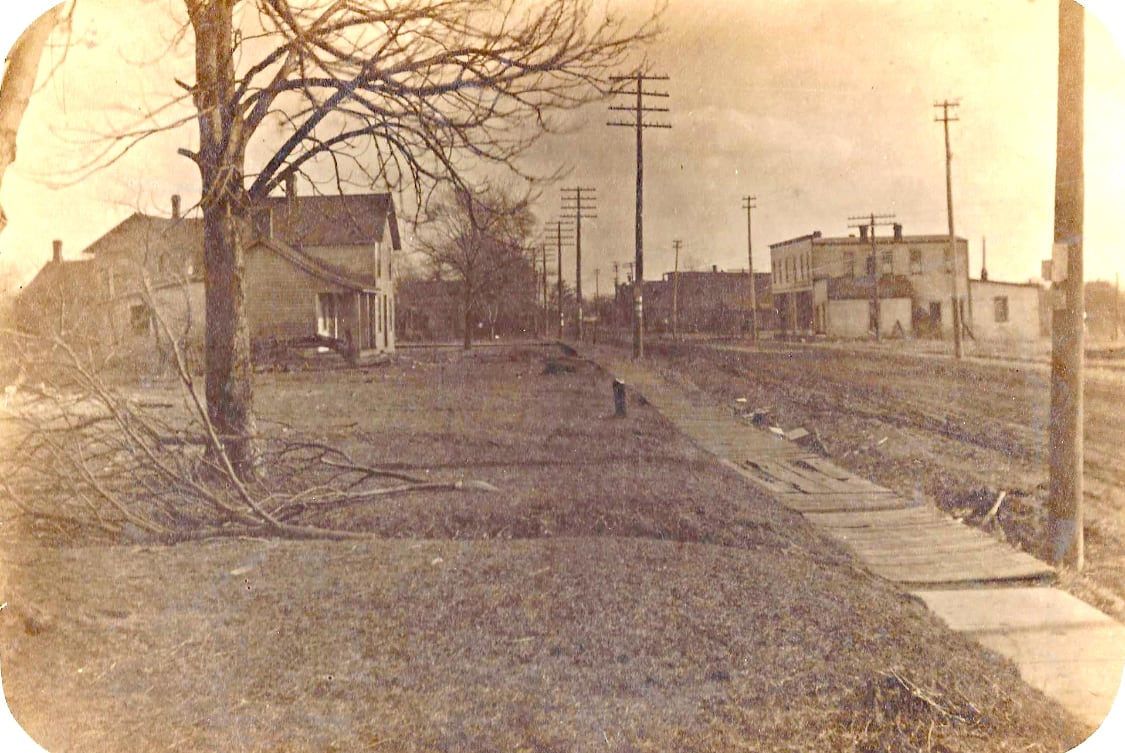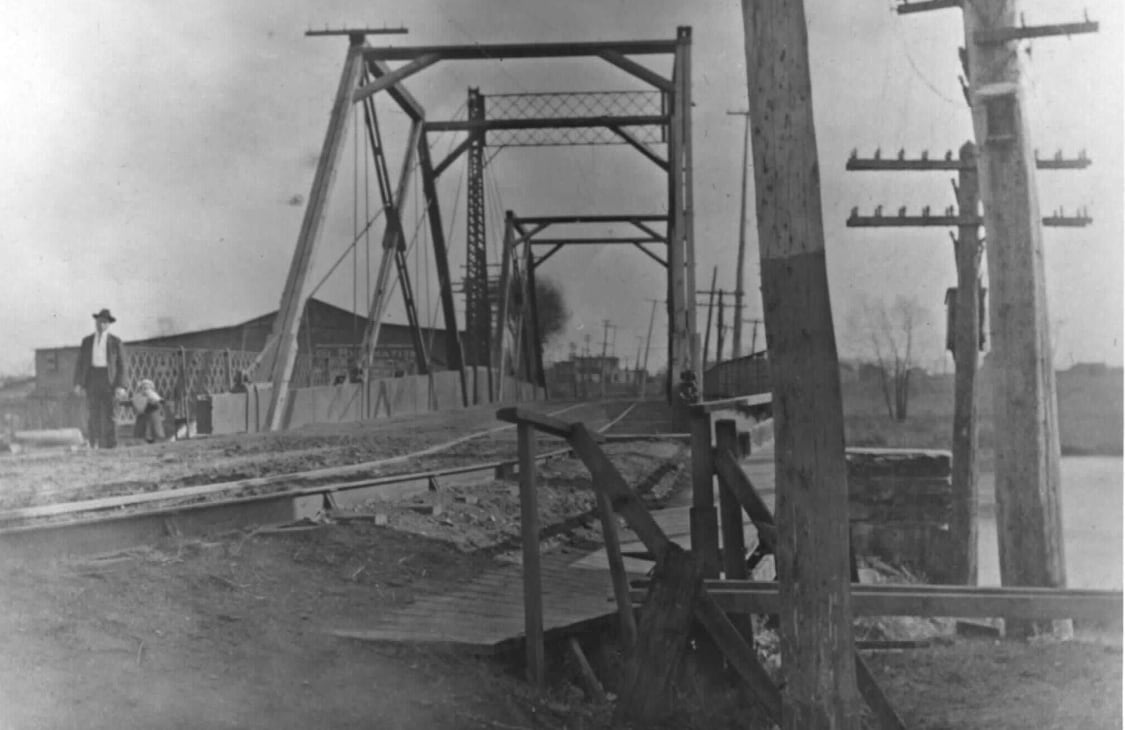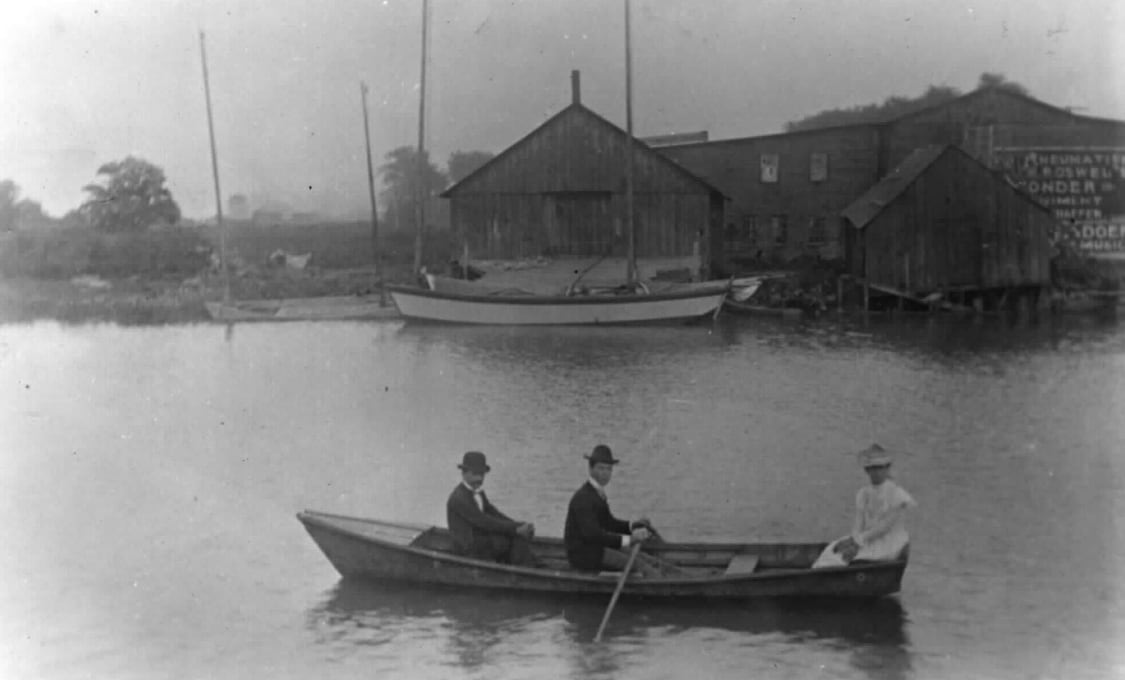East Side

The burgeoning coal and iron ore businesses that began in the 1880s transformed Ohio’s lakeshore towns into industrialized hubs with a need for manual workers. This demand was fulfilled by an influx of immigrants who, after entering the country through Ellis Island, traveled throughout the United States seeking jobs and economic security. Most of the immigrants who settled in Huron were from Hungary and Italy. Many of them lived on the east side of the Huron River which was conveniently located a short distance from the docks. By 1920 the East Side had become a vibrant neighborhood of approximately 200 Hungarian and Italian immigrants. (Video, Larry Macioce, 2009)



